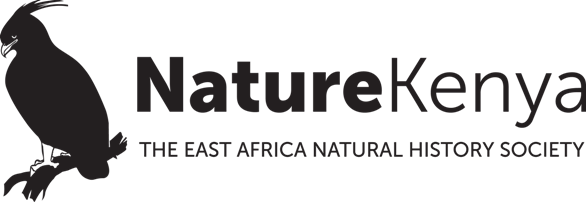By Vivian Wasike
Nestled between Lake Victoria and the winding Yala and Nzoia rivers, the Yala Swamp is a natural treasure of immense ecological and cultural importance. It is home to a rich variety of wildlife and provides essential resources for local communities. However, the swamp faces growing threats from agricultural expansion, land grabbing, mining pollution, and papyrus habitat destruction. To protect their vital wetland, local communities have now joined the push to have Yala Swamp listed as a Ramsar Site – a wetland of international importance. This global recognition would promote Yala Swamp’s conservation and ensure the sustainable use of its resources.
Located on the northeastern shore of Lake Victoria, Yala Swamp is the largest papyrus wetland in Kenya and is crucial to the lake’s survival. The swamp is an important carbon sink that contributes to global climate regulation. It filters the water of rivers flowing into the lake, trapping silt and agrochemicals.
For the local communities, Yala Swamp is more than just a wetland – it is a lifeline. Residents depend on it for clean water, fishing, papyrus for thatching, and irrigation during droughts. “The swamp plays a critical role in our lives,” says Ayiro Lwala, a resident of Yimbo. “It provides us with food, water, and materials for shelter.”
Unfortunately, the conversion of the swamp for agricultural use and other human activities has degraded large parts of it. In 2022, the National Land Commission approved the allocation of 6,764 ha of Yala Swamp to Lake Agro Ltd. to establish a sugarcane plantation. Local communities protested the controversial allocation and went to court to object to it.
The communities believe that the swamp’s designation as a Ramsar Site would provide a framework for its sustainable management, balancing conservation with their needs. It would also open doors to funding and technical support, enabling sustainable ventures like climate-smart agriculture, fish farming, eco-tourism and beekeeping to thrive. These nature-based enterprises have the potential to support conservation while improving livelihoods.
“With the right support, communities can play a key role in protecting Yala Swamp for future generations,” adds Ayiro.
Moreover, the Ramsar recognition is envisaged to elevate Yala Swamp’s global profile, fostering a sense of pride and responsibility among residents.
With support from Nature Kenya, local Site Support Groups (SSGs) in Bunyala, Yimbo, Upper Yala, and Kanyaboli are fronting efforts to secure Ramsar recognition for Yala Swamp. The groups have held awareness campaigns, capacity-building workshops, and community-led initiatives, which have been crucial in mobilizing public support. A notable milestone of their efforts has been the drafting of a “No Objection” letter by local communities, signalling a strong public backing for the Ramsar listing process.
“Our push to have Yala Swamp listed as a Ramsar site is more than just an environmental effort. It is a commitment to a future where nature and people thrive together,” notes David Omany, a community leader from the Upper Yala Site Support Group.
Yala Swamp is a vital refuge for a diverse range of wildlife, making it one of Kenya’s most significant ecosystems. It shelters two endangered Cichlid fish that are extinct in Lake Victoria and represents one of the few remaining habitats for the Sitatunga, a rare swamp-dwelling antelope. The wetland is also home to large flocks of waterbirds, visiting migratory species like the Barn Swallow, Sedge Warbler, and Osprey, as well as threatened papyrus specialist birds like the Papyrus Gonolek and Papyrus Yellow Warbler. It is recognised as both a Key Biodiversity Area (KBA) and an Important Bird Area (IBA). Without appropriate protection, however, this rich biodiversity remains at risk. Its designation as a Ramsar Site would provide the essential framework to safeguard its wildlife and ensure its future survival.
